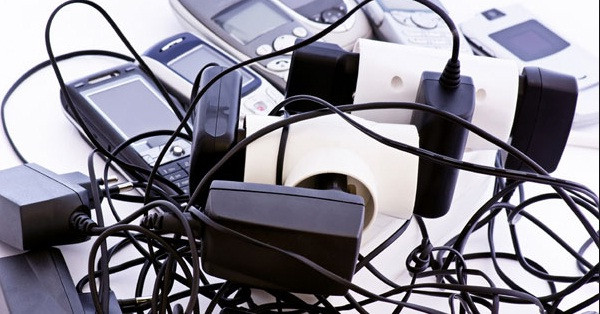Urine-tricity: 'Pee Power' to Generate Electricity for Charging Mobile Devices

Starting from fossil fuels, through nuclear and renewable energies such as solar, wind, water and even agricultural waste, we have come across numerous sources of electricity. But what about urine? Can "pee power" also generate electricity?
Yes, say scientists.
Researchers from the Bristol Robotics Laboratory (BRL), a collaboration between the University of the West of England and the University of Bristol in the UK, are working on the second phase of a project called 'urine-tricity' to harness the power of urine to charge devices such as smartphones and tablets.
As noted in the official BRL site, the urine-tricity has successfully demonstrated the charging of a commercially available mobile phone using Microbial Fuel Cells (MFCs) powered with neat urine.
"Urine-tricity++ follows on as Phase II of the project, with the aim to develop MFCs into a mature sustainable energy technology with a direct application in everyday life that could change the way people perceive waste and energy," the researchers state on the official BRL website.
The project is about generating electricity by cleaning the urine fuel and producing clean water in addition to fertiliser. It focuses on the small scale MFC units, which are more efficient and energy-dense.
How does it work?
When urine flows through an MFC, the microbes consume it as a part of their metabolic process. This frees electrons. The electrodes within the cell gather these electrons and when they are connected to circuit, a current is generated, reports IANS.
The continuous flow of the MFC technology facilitates continuous growth of the constituent biofilm organism, which cleans the input and can be subsequently used as fertilizer, notes the site. Hence, the more powerful the MFC is, the greater will be the rate of urine utilisation.
© Copyright IBTimes 2025. All rights reserved.





















